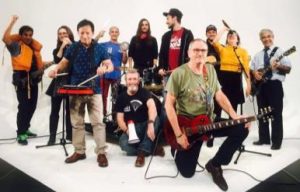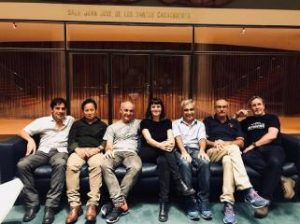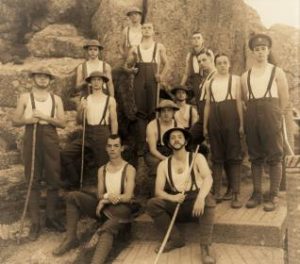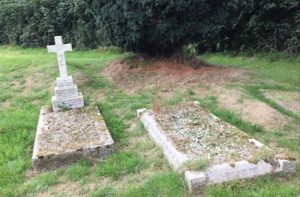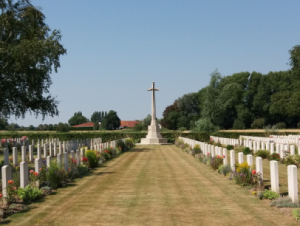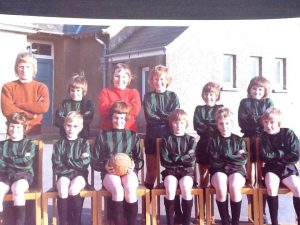Church Matters
There are times when I’m intrigued by the lives of well-known personalities. So often they can be seen to be achieving so much in their lives, and yet at times there emerges the frailties that they can suffer in their more private moments. There can be no doubting the influence and success that they have, but we don’t often catch a glimpse of the inner person that may be quietly plagued with doubt and fear.
I recently came across a Guardian newspaper interview with Lisa Brennan-Jobs. I suspect that name will not be instantly recognisable, but Lisa is the daughter of Steve Jobs, the co-founder of Apple, the company that is now the largest in the world by market value (over 1 trillion dollars). He was in many senses a brilliant man – a visionary of how technology could be designed and produced to not only look and feel good, but effectively support new and effectiv e ways of doing things. One well-known example was the launch of the iPhone back in 2007, a totally new approach to the mobile phone which changed the market completely. Since that time most mobile phone manufacturers try to out-do the latest iPhone with each release of a new product. Continue reading
e ways of doing things. One well-known example was the launch of the iPhone back in 2007, a totally new approach to the mobile phone which changed the market completely. Since that time most mobile phone manufacturers try to out-do the latest iPhone with each release of a new product. Continue reading
